The exhibition tells the story of Cala d’Or through carefully chosen photographs and texts on twenty large-format panels, which are also available as a podcast in five languages: English, French, German, Spanish and Catalan
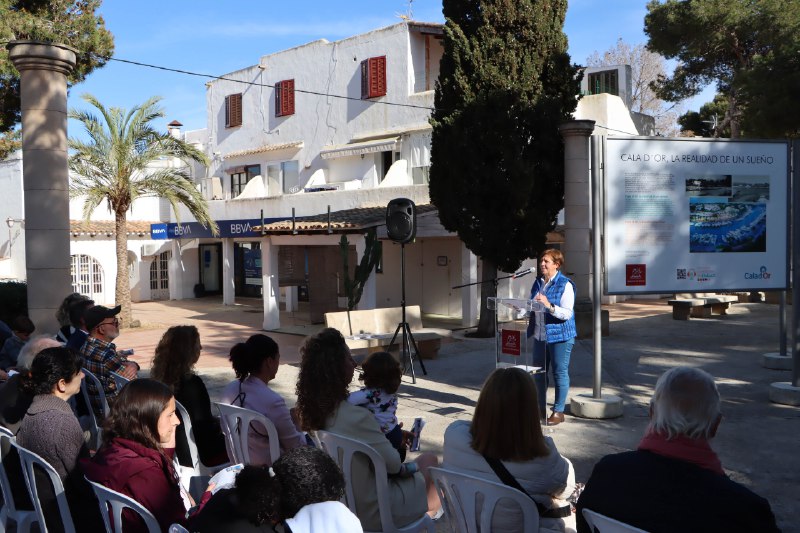
The mayoress of Santanyí, Maria Pons, during the inauguration of the exhibition.
‘Cala d’Or, the reality of a dream’ tells the story of a land and a utopia starting from the original dream of the artist Josep Costa and his collaborators, on a path of efforts and illusions, until reaching the Cala d’Or of today, which has become a point of reference on the Mallorcan tourist map. The Santanyí Town Hall presented the exhibition on Cala d’Or to coincide with the 90th anniversary of its birth.
History
From its humble origins, the first fishermen’s huts were set up in Cala Llonga in an area of garrigues and pine groves. It was the Ibizan Josep Costa Ferrer, cartoonist, caricaturist and founder of the Costa galleries in Palma, who promoted the development of Cala d’Or in 1933. Costa wanted to establish an artists’ colony in the area, and he did so by drawing up rules that were respectful of the environment. After the effects of the civil war, Tomeu Pons would become the second great promoter of the area to turn it into an avant-garde place at the time. The tourist boom came in the 1960s and would create the seed of its future development until the present day, when it became a point of reference on the Mallorcan tourist map with its own stamp.
Podcast and texts in five languages
Cala d’Or, the reality of a dream’ is a photographic exhibition of twenty large-format outdoor panels that can be visited until the 22nd of May in the Plaça Eivissa in the centre of this town in the municipality of Santanyí. Texts and anecdotes illustrate the history of Cala d’Or in five languages: Spanish, Catalan, English, French and German, which can also be listened to in different podcasts via a QR code located on the panels.
Organised by Mallorca Global, the exhibition was inaugurated in the presence of the mayoress of Santanyí, Maria Pons, accompanied among other municipal representatives by the councillor for Tourism, Rafael Batle, and the historian Pep Estelrich, to whom a small tribute was paid during the presentation ceremony.
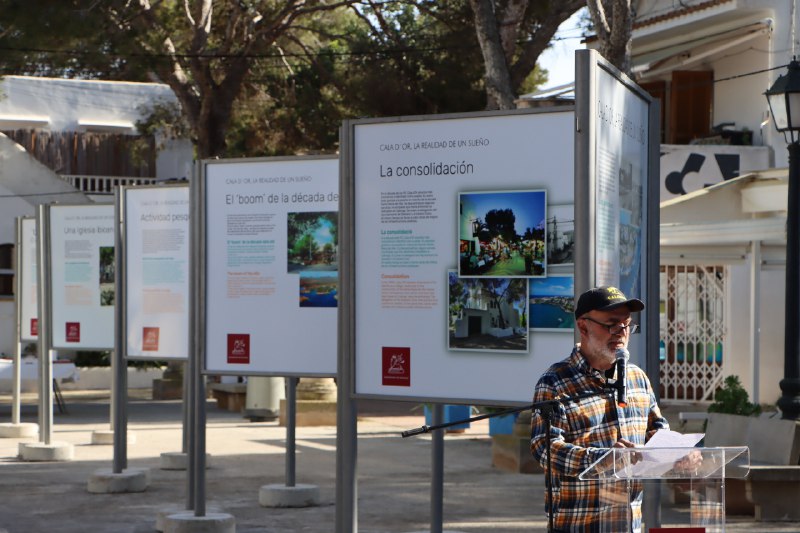
Historian Pep Estelrich was paid tribute to during the presentation of the exhibition.


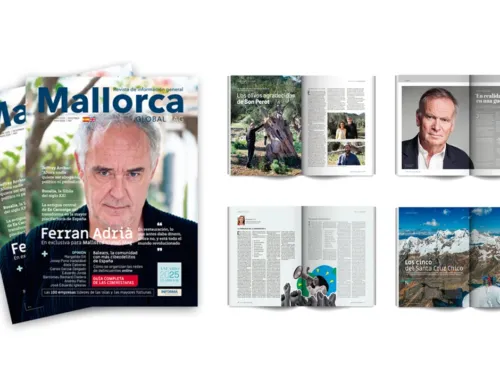

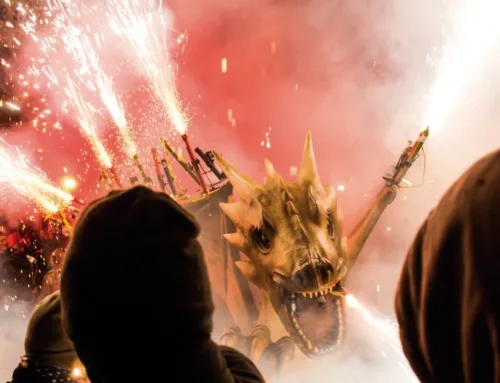
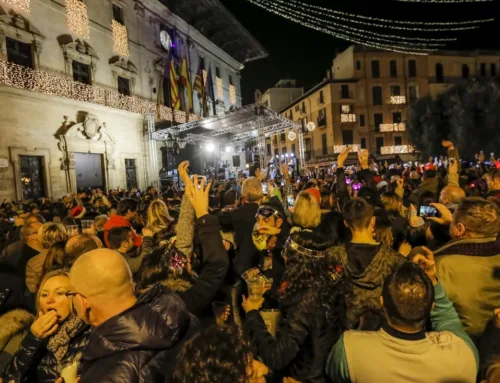
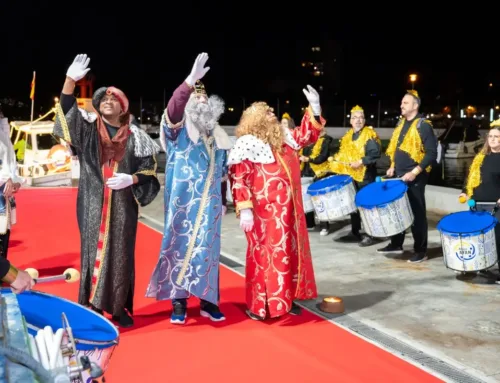

Leave A Comment